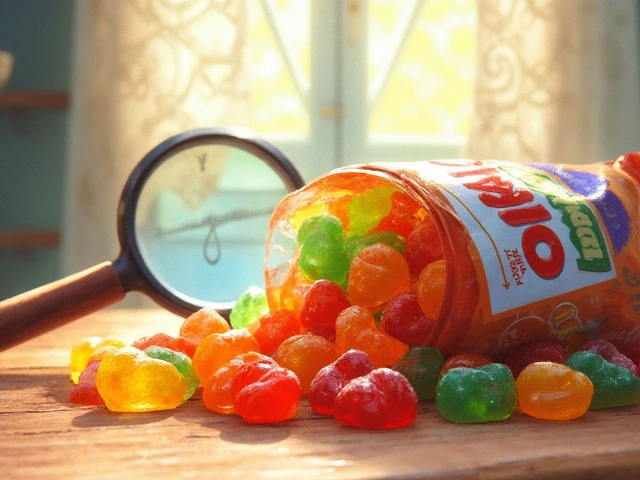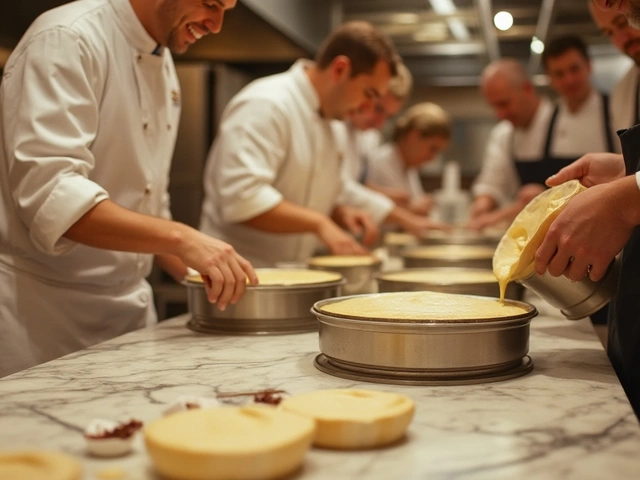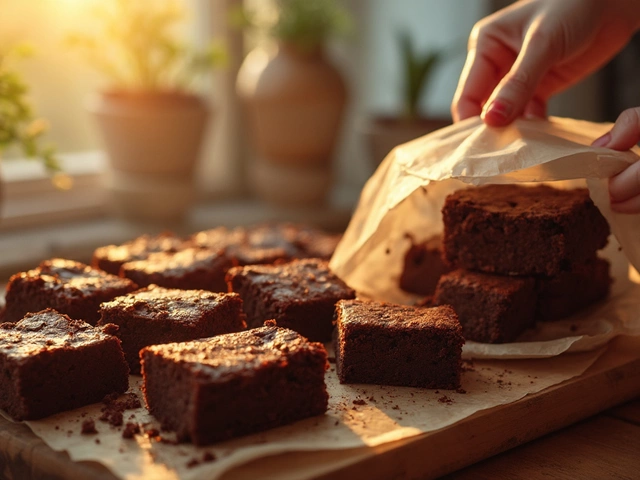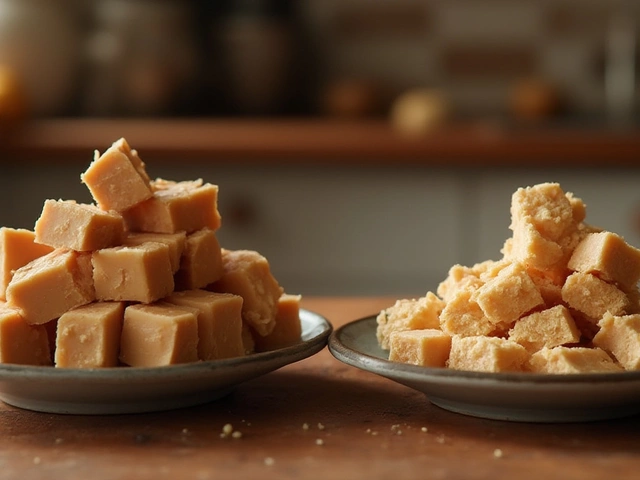Hidden Gluten Foods – Spot the Sneaky Sources
When it comes to Hidden Gluten Foods, ingredients that look safe but actually contain gluten. Also known as sneaky gluten, they can trigger symptoms for people with celiac disease, an autoimmune reaction to gluten. Knowing what hides gluten helps you avoid unexpected reactions. Hidden gluten foods are a real headache, but once you get the basics, you’ll feel a lot more in control.
How to Spot Hidden Gluten Foods
Most of us think gluten lives only in breads and pastas, but it hides in sauces, soups, and even some spice mixes. Food labeling, the practice of listing ingredients on packages becomes the key detective tool. Look for terms like “modified food starch,” “hydrolyzed vegetable protein,” or “malt flavoring.” Those words often hide wheat or barley. The triple Hidden Gluten Foods encompass processed sauces, salad dressings, and some pre‑made marinades sums up the problem in a single line. When you read labels, you’re basically shining a light on the places gluten likes to hide.
Once you’ve mastered the label game, the next step is to build a pantry that stays gluten‑free. That’s where gluten‑free baking, baking that uses safe flours and binders instead of wheat comes in. Rice flour, almond flour, and tapioca starch can replace wheat flour without sacrificing texture. The semantic link Gluten‑free baking relies on safe substitutes that keep textures right explains why choosing the right flour matters. You’ll find that a few simple swaps let you bake cakes, cookies, and breads that taste just as good as the originals.
Even if you’re not a baker, you still need to watch out for cross‑contamination. A shared cutting board or a toaster that’s been used for regular bread can transfer gluten to your gluten‑free snack. The triple Avoiding hidden gluten foods requires preventing cross‑contamination in the kitchen captures this hazard. Keep a set of dedicated utensils, store gluten‑free ingredients on a high shelf, and label your containers. These small habits stop gluten from slipping into your meals unnoticed.
Dining out adds another layer of complexity. Restaurants may use the same fryers for regular and gluten‑free items, or their sauces might contain hidden wheat. Before you order, ask the staff about preparation methods and whether they can accommodate a gluten‑free diet. A simple question can save you from a surprise flare‑up later. Remember, Reading food labels helps you identify hidden gluten foods—the same principle applies to menus: ask, confirm, then enjoy.
For those managing celiac disease, the stakes are higher. Even a tiny amount of gluten can cause inflammation, so vigilance pays off. Tracking your symptoms and keeping a food diary can reveal patterns you might miss otherwise. When you notice a reaction after a seemingly safe dish, you’ve uncovered a new hidden source to avoid in the future. This feedback loop turns experience into knowledge, making your gluten‑free journey smoother over time.
Below you’ll find a curated collection of articles that dive deeper into each of these topics. From detailed label‑reading guides to troubleshooting sunken gluten‑free cakes, the posts give you actionable steps and real‑world examples. Use them as a toolbox: pick the tip that fits your current challenge, apply it, and move on to the next. With the right info, hidden gluten foods stop being a mystery and become just another part of your everyday decisions.
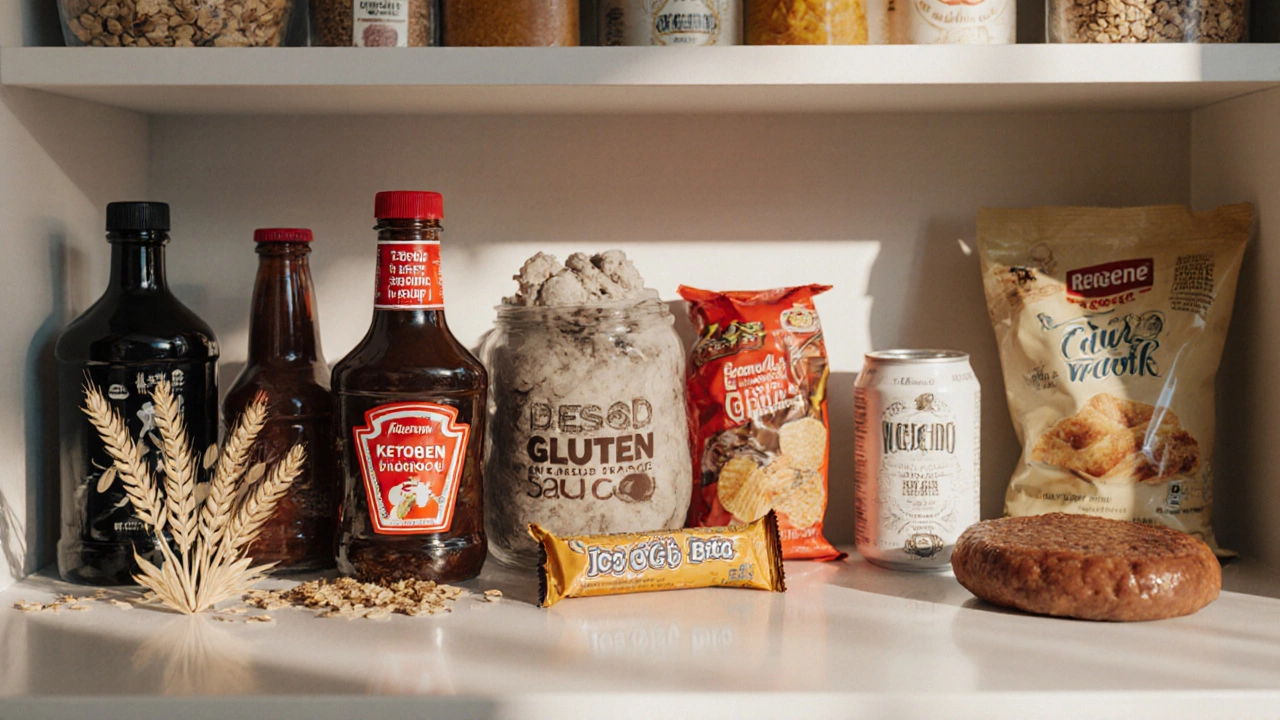
Hidden Gluten Foods You Didn’t Expect
Discover the surprising foods that contain gluten, learn how to spot hidden sources, and keep your celiac diet safe.
View More
